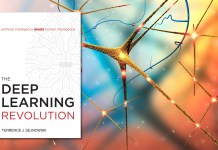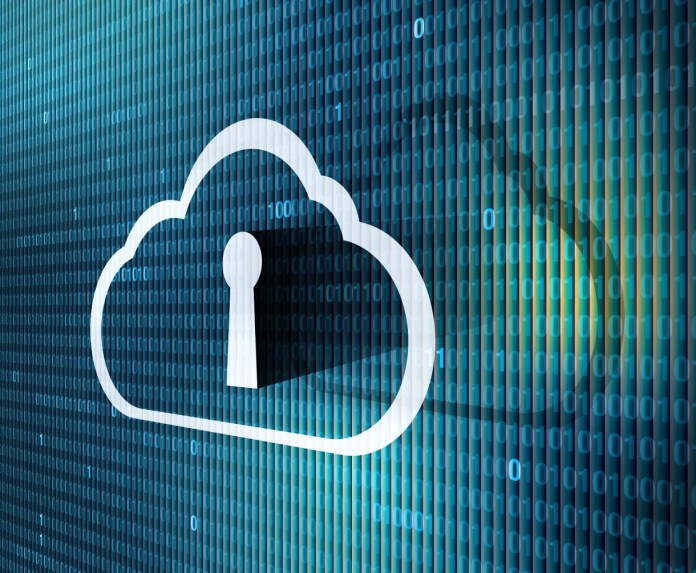By Gourav Nagar
The rapid adoption of cloud-native environments and AI has profoundly altered the cybersecurity landscape, challenging traditional approaches to security operations & incident response. As a cybersecurity leader with over a decade of experience, I’ve observed firsthand the critical need to evolve our incident response (IR) strategies. The unique characteristics of cloud infrastructures and AI-driven systems demand a fundamental rethinking of how we detect, respond to, and mitigate security incidents.
The threat landscape is evolving faster than ever, which requires organizations to modernize their incident response capabilities to stay ahead of sophisticated cyber threats. The integration of AI and cloud technologies like SAAS Apps into our digital infrastructure has created new attack vectors and increased the complexity of potential incidents. Simultaneously, these technologies offer powerful tools for enhancing our defensive capabilities.
Traditional incident response processes, while still valuable, often fall short when applied to cloud-native and AI-driven environments. The dynamic nature of these technologies, with their rapid scaling and complex interconnections, requires a more agile and adaptive approach to IR.
An important adaptation is the shift from perimeter-based security to a more holistic, data-centric approach. In cloud and AI environments, the concept of a network perimeter is increasingly obsolete. Instead, we must focus on a zero-trust framework, robust data governance, encryption, and access control policies. This shift requires IR teams to develop expertise in cloud-specific security tools and AI-driven threat detection systems.
Leveraging AI-based detection and investigation and SOAR platforms
IR teams are often under a lot of pressure to process and respond to a large volume of security alerts. Traditional triage methods are not efficient in the modern threat landscape. Leveraging Artificial Intelligence (AI) based Detection & Investigation tools to enhance triaging efficiency has emerged as a crucial strategy for modern IR teams, improving both the quality of alert prioritization and the overall effectiveness of Incident responders.
Automation and orchestration have become indispensable in modern incident response. The speed and scale at which cloud services and AI systems operate make manual responses inadequate for many scenarios. However, it’s crucial to maintain human oversight to ensure ethical and contextually appropriate responses.
By implementing the concepts of Security Orchestration, Automation, and Response (SOAR) platforms, organizations can automate routine tasks, orchestrate complex workflows, and integrate various security tools for a more coordinated response. These systems can be enhanced with AI capabilities to improve threat detection and response times while allowing human analysts to focus on high-level decision-making and strategy. The AI and ML Layer will bring historical context to an alert which is often of immense value for the Incident Responder
Building a security-first culture and adaptive metrics
Modernizing incident response goes beyond technology. It requires cultivating a security-first culture throughout the organization. This involves improving employee engagement in security practices and fostering a sense of shared responsibility for cybersecurity. Regular training programs, simulated incident exercises, and clear communication channels between security teams and other departments are essential. By involving employees at all levels in security awareness and incident response processes, organizations can create a more resilient and responsive security posture.
As the threat landscape evolves, so too must our metrics for evaluating SOC performance and maturity. Traditional metrics like time-to-detect and time-to-respond remain important, but they should be supplemented with more nuanced measures that reflect the complexities of cloud and AI environments.
Consider metrics that evaluate the effectiveness of AI-driven threat detection, the resilience of cloud-based systems, and the organization’s ability to adapt to new types of threats. Metrics should also assess the organization’s overall security posture, including the effectiveness of employee training programs and the integration of security considerations into development processes.
Modernizing incident response for the AI and cloud era is not just about adopting new tools, it’s about embracing a new mindset. It requires a shift towards more agile, automated, and data-driven approaches while maintaining the crucial elements of human oversight and cross-functional collaboration. As cyber threats evolve, our incident response strategies must evolve with them, leveraging the full potential of AI and cloud technologies to create more resilient and adaptive security ecosystems.
About the author
Gourav Nagar is a cybersecurity leader with over a decade of experience in designing and implementing security strategies for major tech firms. He specializes in Security Operations and Engineering, excelling in building high-performing teams and developing innovative security frameworks. Gourav holds a Master’s in Management Information Systems from Texas A&M University and multiple industry certifications including CISSP, CISM, and GCFA.






















